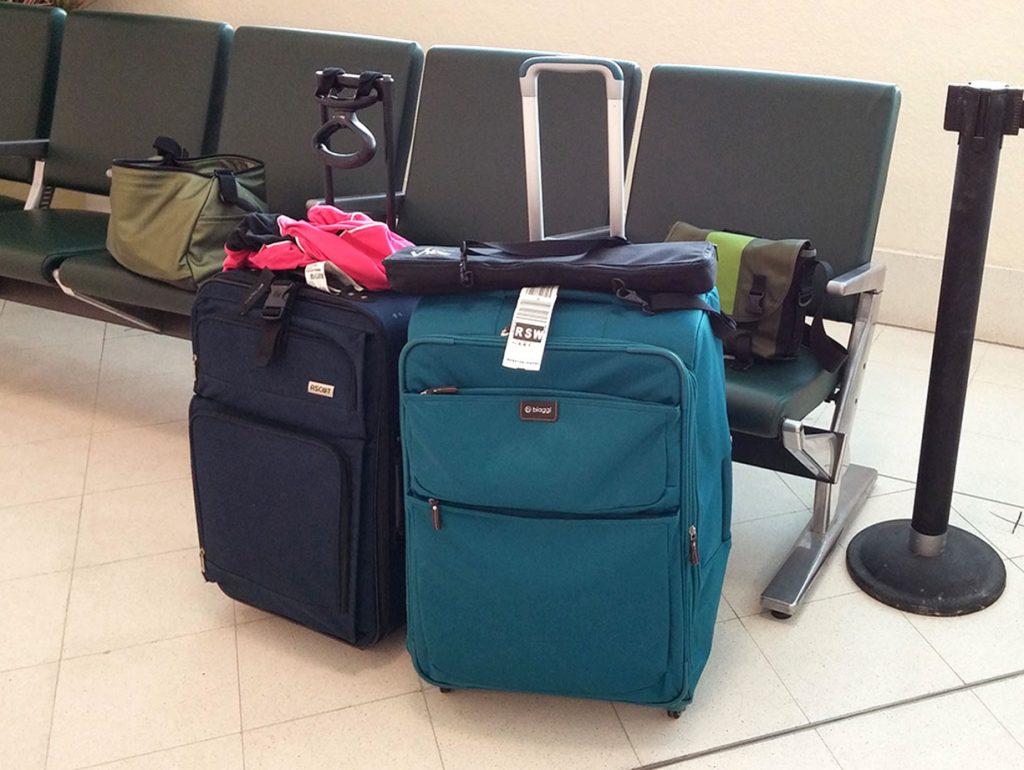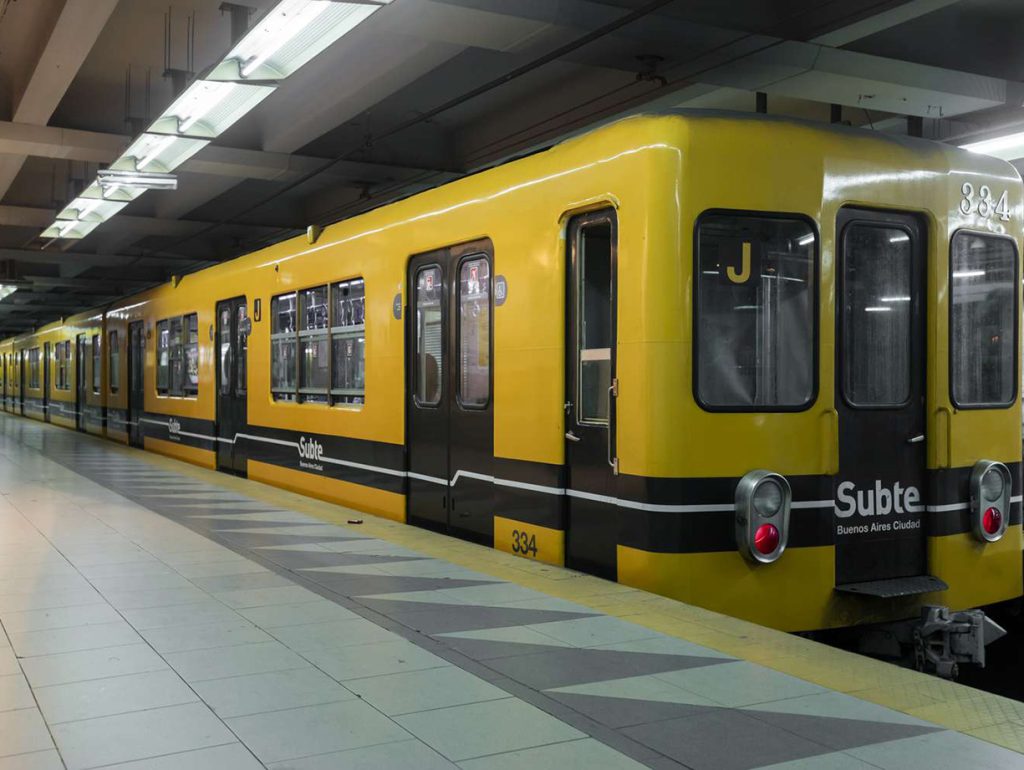I recently had the pleasure of exploring the beautiful country of Argentina during August and September. Known for its diverse landscapes, rich culture, and warm people, Argentina offers a unique travel experience. Here are some practical travel tips to help you plan your trip to Argentina.
Visa
First, let’s talk about the visa. Based on my experience, applying for an Argentine visa is not complicated. Chinese passport holders need to apply for a tourist visa in advance. You can choose to apply for an electronic visa (EVA) online, which simplifies the process significantly. You will need to provide a valid passport, round-trip flight reservations, hotel bookings, and financial proof. The visa fee is approximately $200, and approval usually takes a few days.
Applying for an Argentine visa is straightforward. You can opt for an electronic visa (EVA) online, simplifying the process. Required documents include:
- Valid passport
- Round-trip flight reservations
- Hotel bookings
- Financial proof
The visa fee is approximately $200, and approval usually takes a few days.
Insurance
Travel insurance is an indispensable part of any international trip, providing a safety net that ensures peace of mind while exploring new destinations. For my journey to Argentina, I opted for a comprehensive travel insurance policy that covered a wide range of potential issues. This included medical emergencies, which are particularly crucial given the high cost of healthcare abroad. The policy also covered lost or stolen luggage, which can be a significant concern when traveling through multiple airports or using public transportation.
One of the most valuable aspects of my insurance policy was coverage for flight delays and cancellations. Given the unpredictable nature of travel—especially during peak seasons or in areas prone to weather disruptions—having this protection can save both time and money.
When selecting travel insurance, it’s essential to choose a reputable company with a proven track record. I spent time comparing policies from various providers, reading reviews, and even checking customer service responsiveness. I highly recommend thoroughly reading the policy details, paying attention to exclusions, and understanding the claim process. This due diligence ensures that all potential risks are covered, allowing for a stress-free travel experience in Argentina.
Weather
Argentina’s vast territory spans a variety of climates, making it essential to prepare for different weather conditions depending on your itinerary. August and September are transitional months, marking the end of winter and the beginning of spring, which brings varying weather patterns across the country.
Buenos Aires and Central Argentina:
In Buenos Aires, the weather is mild and pleasant during this time of year. Temperatures typically range between 10°C (50°F) and 20°C (68°F). This makes it an ideal time for exploring the city’s vibrant neighborhoods, historic sites, and sprawling parks. The cool mornings and evenings might require a light jacket, but during the day, you’ll likely be comfortable in lighter clothing. The city’s many outdoor cafes and plazas come alive as locals and tourists alike take advantage of the pleasant weather.
Patagonia and Southern Argentina:
If your travels take you south to Patagonia, be prepared for colder conditions. August and September are still quite chilly, with temperatures often hovering around 0°C (32°F) or even lower, especially in the early morning or late evening. Snowfall is not uncommon in regions like Bariloche or Ushuaia, making it essential to pack warm clothing, including thermal layers, a heavy jacket, gloves, and a hat. These months are great for winter sports enthusiasts who can enjoy skiing and snowboarding in the Andes, but it’s also a beautiful time to experience the stark beauty of Patagonia’s landscapes, with fewer tourists than in the peak summer season.

Northern Argentina:
In contrast, the northern regions of Argentina, such as Salta, Jujuy, and the Iguazu Falls area, experience warmer and more temperate weather during August and September. Here, temperatures range between 15°C (59°F) and 25°C (77°F), making it perfect for outdoor activities like hiking in the colorful mountains of Jujuy or exploring the lush rainforests surrounding Iguazu Falls. While the days are comfortably warm, it’s still wise to pack a light jacket for the cooler evenings.
Packing Tips:
Given Argentina’s diverse climate, packing can be a bit of a challenge, especially if you plan to visit multiple regions. My approach was to layer clothing, which allowed me to adjust easily to varying temperatures. For Buenos Aires and the northern regions, I brought comfortable walking shoes, light sweaters, and breathable fabrics for daytime excursions. For Patagonia, I packed heavier gear, including insulated boots, a waterproof jacket, and thermal underwear. Don’t forget essentials like sunscreen and sunglasses—regardless of the region, the Argentine sun can be quite strong, particularly in the higher altitudes of the north.
By being well-prepared for Argentina’s varied weather conditions, you can fully enjoy everything this amazing country has to offer, from the cosmopolitan charm of Buenos Aires to the awe-inspiring natural beauty of Patagonia and beyond.
Money
The currency in Argentina is the Argentine Peso (ARS). Due to significant exchange rate fluctuations, it’s best to exchange money at official exchange offices or banks. Although the black market offers higher rates, it carries certain risks and is not recommended. Most shops and restaurants accept credit cards, but cash is still the primary payment method in smaller stores and markets. To avoid inconvenience, it’s wise to carry some cash with you.
Flights
Booking flights to Argentina usually requires advance planning. Since there are no direct flights, I chose a flight from Hong Kong with a layover in Europe. The most common layover cities are Madrid or Paris, both of which have direct flights to Buenos Aires. Flight prices vary depending on the season and airline, so it’s best to start monitoring prices a few months in advance and use comparison websites to find the best deals.
Airports
Buenos Aires’ Ezeiza International Airport (EZE) is the main international airport. The airport is well-equipped with several restaurants, cafes, and duty-free shops. Upon arrival, you can choose to take a taxi, airport bus, or rent a car to get to the city center. The airport bus is the most economical option, with a journey time of about 45 minutes and a fare of around $10.
Buses
Argentina’s long-distance bus system is highly developed and is the main mode of transportation for interprovincial travel. Bus fares are relatively cheap, and the buses are comfortable, with adjustable seats, air conditioning, and meal services. I took a bus from Buenos Aires to Mendoza and enjoyed the beautiful scenery along the way. It’s advisable to book tickets online in advance to ensure you have a seat.

Car Rentals
If you prefer a more flexible travel experience, renting a car is a great option. Argentina’s roads are in good condition, and the rental process is straightforward. Most rental companies require drivers to have an international driving permit. Rental costs vary depending on the car model and rental period, so it’s best to book online in advance and choose a reputable rental company. Self-driving allows you to explore Argentina’s stunning landscapes at your own pace, especially in remote natural areas.
Transportation in Argentina
Argentina’s transportation system is relatively well-developed, with frequent flights and bus services between major cities. Buenos Aires has a convenient subway and bus system, ideal for short trips within the city. Taxis and ride-sharing services (like Uber) are also common in major cities, offering reasonable prices and convenience. For long-distance travel, it’s recommended to choose flights or long-distance buses, which are both time-saving and comfortable.
I hope these travel tips help you plan your trip to Argentina. It’s a country full of charm, with breathtaking natural scenery and rich cultural heritage. Have a wonderful trip and create many beautiful memories! If you have any questions or need more advice, feel free to reach out to me.
